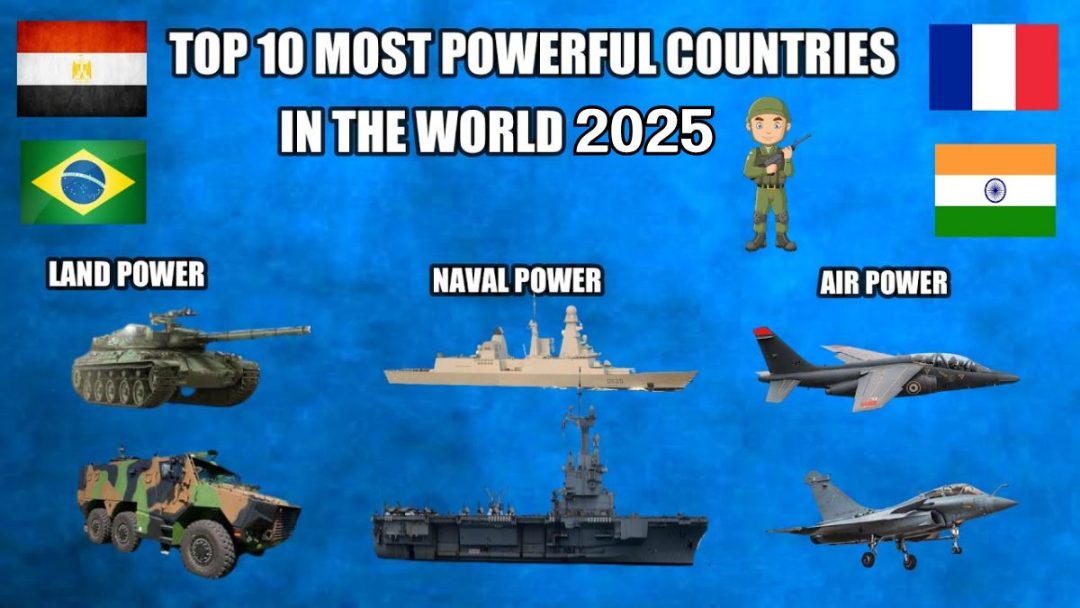In a world increasingly defined by military might, the latest rankings of the most powerful nations reveal a stark reality: the balance of global power is shifting. The 2025 assessment of military strength has identified the United States as the unrivaled leader, boasting a staggering defense budget of $750 billion and an active personnel count of 1.4 million. The U.S. military’s formidable arsenal includes over 6,200 tanks and 13,264 aircraft, solidifying its dominance on land, sea, and air.
 Following closely is Russia, with a military force of one million active personnel and the largest tank fleet in the world, comprising nearly 13,000 tanks. With a defense budget of $48 billion, Russia’s naval capabilities include 603 ships, while its air force maintains a robust fleet of over 4,000 aircraft. China, the largest army globally with 2.1 million active personnel, ranks third, showcasing a staggering defense budget of $237 billion and a naval fleet of 777 ships.
Following closely is Russia, with a military force of one million active personnel and the largest tank fleet in the world, comprising nearly 13,000 tanks. With a defense budget of $48 billion, Russia’s naval capabilities include 603 ships, while its air force maintains a robust fleet of over 4,000 aircraft. China, the largest army globally with 2.1 million active personnel, ranks third, showcasing a staggering defense budget of $237 billion and a naval fleet of 777 ships.
India, at fourth place, emphasizes its growing military prowess with 1.4 million active personnel and a diverse arsenal that includes 285 naval ships. Japan and South Korea follow, reflecting their strategic importance in the Asia-Pacific region. France, the United Kingdom, Egypt, and Brazil round out the top ten, each demonstrating significant military capabilities.
As tensions rise on the global stage, these rankings serve as a critical reminder of the military readiness that defines geopolitical relationships. The implications of this assessment are profound, underscoring the urgent need for diplomatic engagement and strategic foresight as nations navigate an increasingly complex security landscape. The world watches closely as these military giants continue to shape the future of international relations.